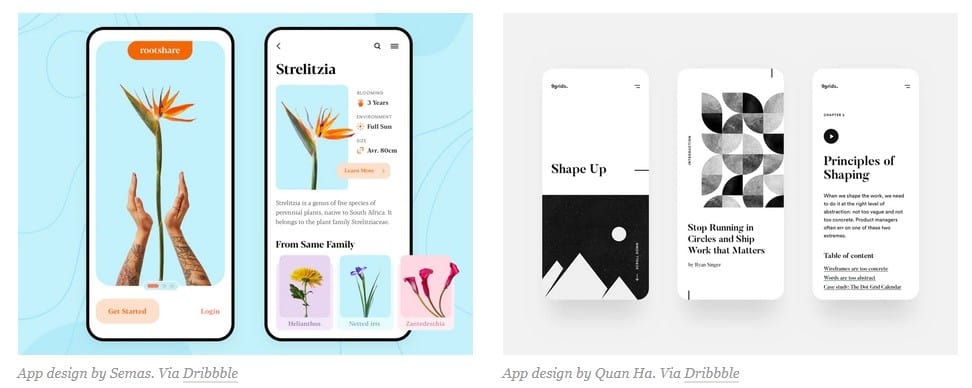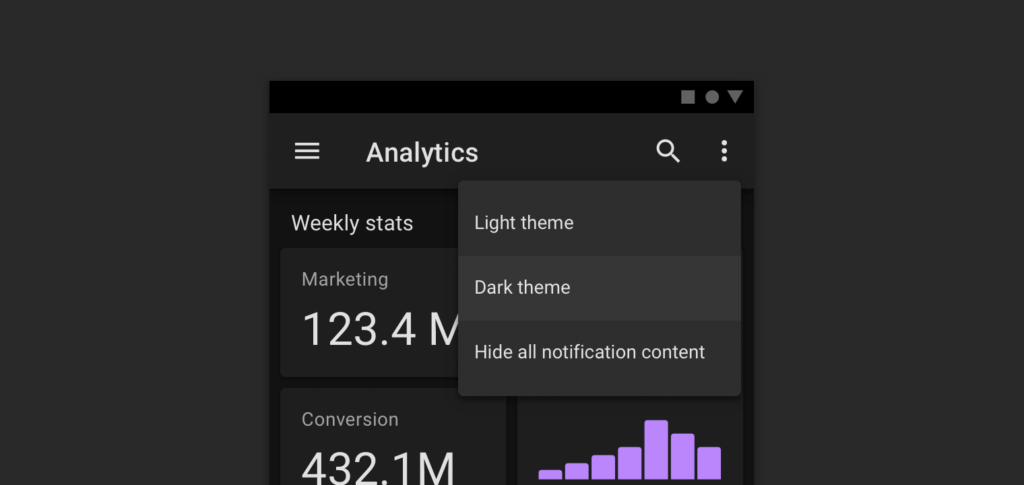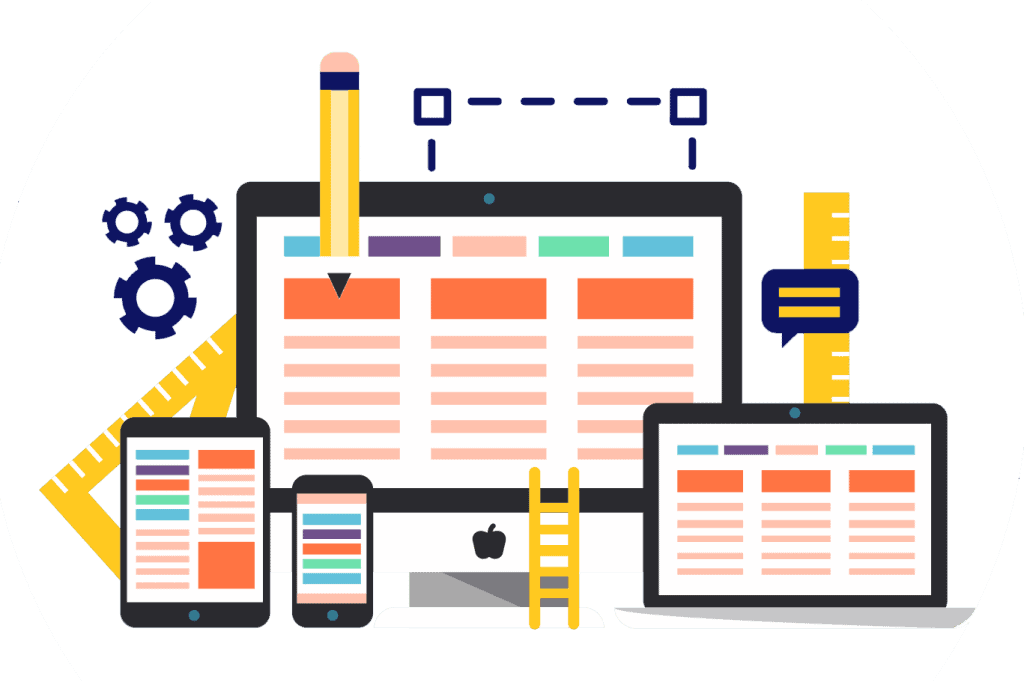Research found that 46% of small businesses do not have a website. On the contrary, 97% of individuals use the internet to locate a local business. So, if your business doesn’t have a website, those 97/100 people won’t be able to find you and won’t know your identity.
With everyone relying on the internet for access to essentials and supplies (such as food, clothing, appliances, and medicines, among other products and services), website development has become more significant to the success of any business. Website development is one of the ways to ensure your business’s success by informing people about the products and services you provide, getting to know your potential customers better, and figuring out how to improve your product and service even more.
It is no longer an option to have an online presence. We know how important it is today more than ever. In this blog, we’ll discuss how to understand consumer behaviour and develop web solutions that can generate optimal results.
Building, creating, and maintaining websites are all part of website or web development services. It includes other aspects such as web design, web programming, web content development, web publishing and database management. So you certainly need to hire a top web development company. Here are more reasons why effective web development is critical for business growth:
Proving credibility
People prefer to buy products and services from reputable businesses. Companies who have established a good reputation are ahead of their competition. Web development can help establish online credibility so that your customers can put their trust in you. The way you promote your company on the internet says a lot about how you work. With a website, you can showcase your skills, experience, products, services, credentials, and offline activities all in one place. You can post photos from a meeting, conference, company party, or any other noteworthy events on a website. This way, your target viewers will learn more about you. It will also indicate what type of business you are. Many individuals will respond positively to a nice business that cares about its employees. They would like to purchase goods and services from a company with strong morals and values. Website development can assist you in achieving your marketing objectives in a variety of ways. Even if the customer does not make a purchase right now, they will certainly remember you. Building credibility and trustworthiness is important for businesses to succeed in the online environment.
Increasing accessibility
Web development enables businesses to be accessible anytime. It gives everyone a place to access the information they need when they need it. When you make your website accessible, you’re also giving people with disabilities the same opportunity to use it and participate with your company. This means your website can be used by anybody. When customers seek information about a company, a website with a contact form, a live chat, a comment section, or a phone number is a step in the right direction. This increases the likelihood of successfully closing the sale.
Expanding reach
Around 90% Australians use the internet these days. Expanding your reach can be as easy as setting up a website. Web development helps businesses in expanding their reach by attracting potential customers or leads. Testimonies about your product or service will be available through website development. These details help gain potential customers’’ trust and confidence in you. A well-designed website can help build an audience, target niche client bases, and rapidly return your investments. If your website is well-designed by a web developer like Creativ Digital and has an intuitive, high-functioning interface, your conversion rate can increase by 200-400 percent.
Ensuring good content
Good content differentiates your website from the competition and sends the right message to your customers. The success of your website is mostly determined by its content. Your website’s content should always start with in-depth market research. To begin, you should determine who your high-value clients are and create personas for your website. Then you must decide how you will approach them. Customer-centric taglines and slogans are critical for attracting the attention of potential clients. Your audience will feel more welcome if your site’s content piques their interest. Your taglines should communicate a clear value proposition and incorporate a strong call to action. The key to a successful website is having simple, relevant and keyword-rich content that delivers the right message. The content on your website should be personalised to your target audience in order to engage them and persuade them to take action.
Maintaining brand identity
A brand is much more than just a set of colours and a logo. A consistent brand identity impacts your product and corporate culture as well as communicating your company’s purpose and values to customers. One way of doing this is by having a website that highlights your brand identity and gives your target audience something to connect with. A web design that is aligned to your brand identity can help ensure this. Colours and imagery, as well as text, can be used to convey your company’s story and establish brand identity. This allows your company to be recognised anywhere.
Growing the business
Having a strong web presence is critical for long-term business success. Taking this into account, forward-thinking businesses are increasingly investing in web development in order to satisfy the demands of their tech-savvy customers. Website development helps improve your product and service and generate compelling sales and marketing strategies. It accurately analyses website information and data to assist businesses in making decisions. People don’t like it when online pages take a long time to load. Websites that take a long time to load are doomed to fail. Your audience will form an initial negative impression about your website if it appears unappealing or outdated. You can either persuade them to stay on your website and learn about your company, or you can persuade them to go to a competitor’s page. As such, if you want your website to make an impact, make sure your site performs smoothly and quickly on all devices.
About Creativ Digital
We are a leading web development company in Sydney that specialises in website development, software development, ecommerce web design, digital strategy, SEO and social media marketing. From creating custom websites to growing your online presence, Creativ Digital has what it takes to make your business successful.
The post Why Is Web Development Important for Business Success appeared first on Creativ Digital.
from Creativ Digital https://ift.tt/VURuwI4




